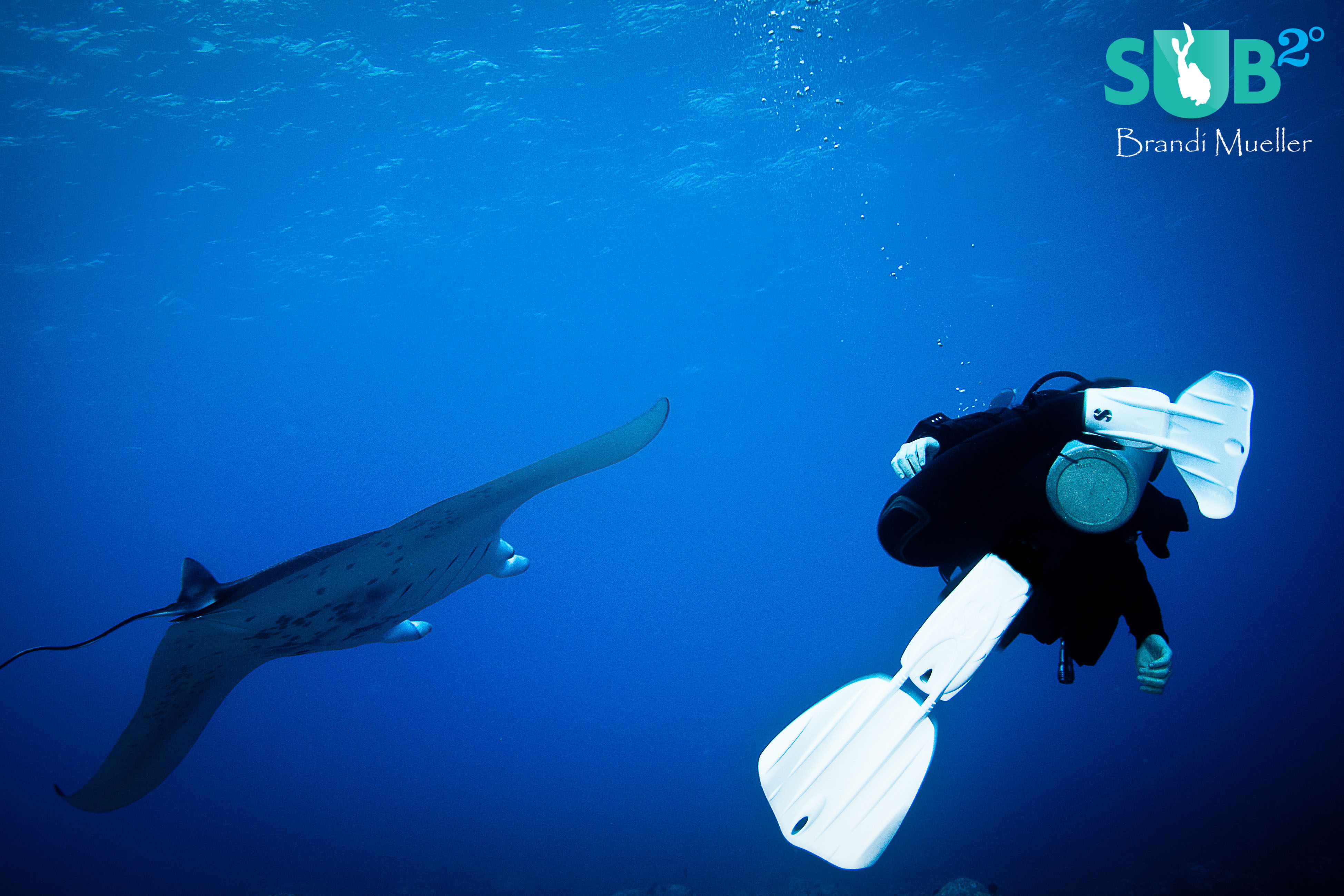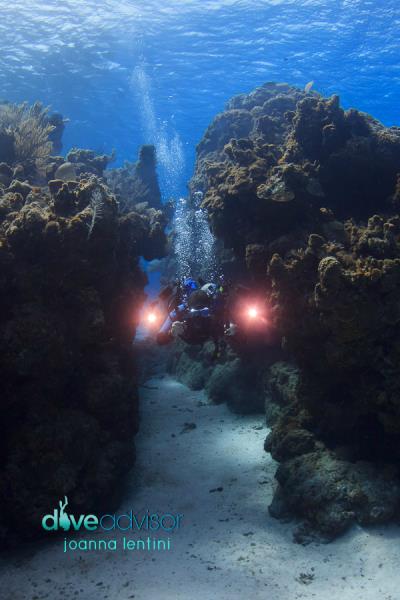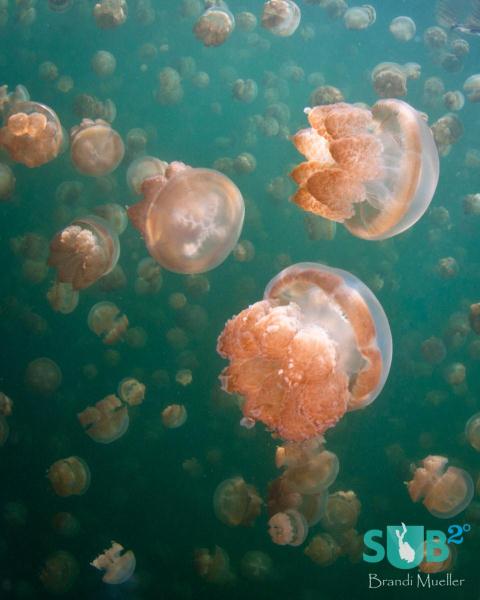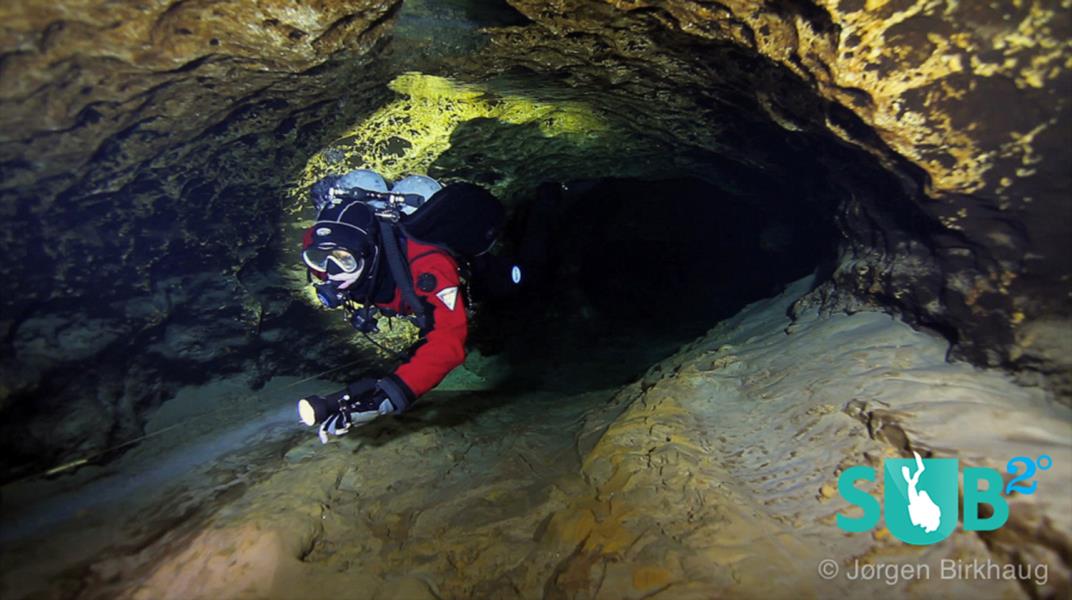
Published
Nov. 20,
2013
Fins 102
Split Fins vs. Non Split
To split or not to split… that is the question.
A popular fin design is to split the blade. Traditional fins push water down behind the fins, and can require a lot of energy from the diver to get the most power from the kick. The idea behind split fins is that, when in motion, the two splits act as a propeller moving up and down, pushing the diver forward with less effort. The water spins directly behind the diver, which can maximize efficiency, and resistance is reduced as water is moved through the splits.
There are many different designs of split fins, including different types of materials along the edges of the split or with ridges, vents, or channels added on either side. Softer materials such as silicone can help make kicking easier, matched with stronger and stiffer materials on the edges of the blade to still get maximum power.
The main advantage of split fins is they usually take less effort to make a full kick than traditional paddle-like fins. The splits help to channel water through them that would otherwise cause resistance to the kicker. There is less strain on the leg muscles, which reduces fatigue, and can lead to better air consumption and longer dives. Those who are prone to leg cramps or have difficulties kicking in traditional fins can maybe find split fins more comfortable and easier to kick, while still getting plenty of power.
For some types of diving, split fins can be a bit weak, such as in strong currents or situations where a lot of swimming is required. More kicks are likely to be required in order to move forward in more strenuous situations.
Straight Fins vs. Angles
Some fins have incorporated angles into their fin design. TUSA has an angled blade design that helps put the fin at the most efficient angle to get the most forceful kick. The concept behind it is when our leg is extended, there is still an angle between the heel and foot, causing a loss in propulsion. By angling their fins, a straight leg in the fin will extend out in a straight line, allowing the kick to obtain the most power and create less strain on the leg muscles. You get kicks that use less energy but still get the most power.
Straps
Some open heel fins come with or have the ability to change out the ankle strap to a spring-style or bungee strap. These straps make it easy to put the fins on and off, just by pulling on the spring, making there no need for buckles, which can sometimes be hard to open and close, especially when a diver is wearing gloves. They are usually more heavy duty and less likely to break. Extra straps are always a good idea for a save-a-dive kit, as they can sometimes break.
Trying Fins On
Most fins come in several sizes. For open heel fins, try on the fins with your wet suit boots because wet suit boots come in different thicknesses. A larger fin size may be needed for thicker boots, so make sure to bring your personal boots to the dive shop to try on new fins. Dry suit divers will likely need a larger pair of fins for their dry suit boots.
Try them on without the straps by putting your booted foot into the fin foot pocket. The foot should easily slide in and stop, with the top of the pocket touching the ankle and the bottom of the fin pocket at the middle of the heel. The fin pocket should not be tight, and if it is, it’s too small and may cause discomfort and rubbing while diving. The straps should not be cinched down as hard as they go, as this can cause the toes to be smashed into the front of the boots or pressure on the ankle.
Full foot fins should be snug, and if they are too tight or too loose, they can lead to rubbing and blisters. Usually your corresponding shoe size will be a good size to start with. While trying full foot fins, extend your leg and move your foot back and forth to see if your foot easily comes out of the foot pocket. If it does, they may be too tight.
If possible, try out different types of fins before you buy them. See if your local dive shop has demo gear or rental gear that allows you to take the fins in a pool or for a dive or try your buddy’s fins. Talking with your local dive shop can help you choose the best fins for the type of diving you want to do.
There are many different types of fins available and if you’re like me, you’ll probably end up with several pairs of fins for different types of diving. Not to mention a few sets in different colors to match different wetsuits…
Go back to reading Fins 101
Featured Posts
-

Zip Diving in little cayman
Have you ever wished for a little extra boost underwater? Perhaps you are exhausted and your legs need a break or maybe you would like to further propel your fin kicks to keep pace with some elusive marine life. There are ma...
-

Jellyfish Lake in Palau
Snorkel with millions of non-stinging jellyfish in Palau's Jellyfish Lake.
-

Cave Diving in Florida
Florida is one of the world’s premier destinations for cave diving and Devil’s Eye cave system should be on any cave divers list of places to dive when visiting the region.


Load more comments